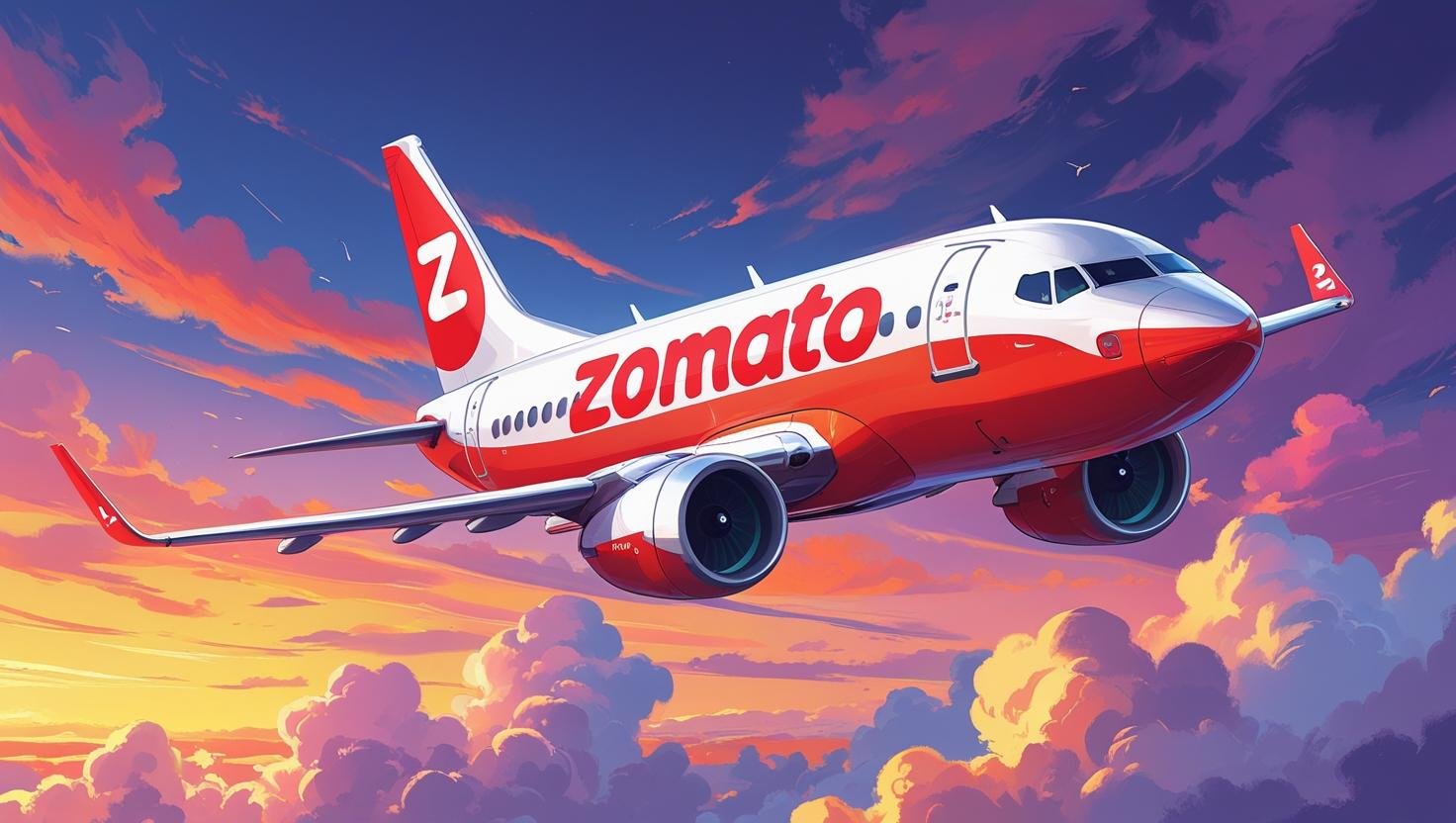Zomato co-founder Deepinder Goyal is venturing beyond food delivery with LAT Aerospace, a startup poised to redefine regional air travel in India. Launched in 2025 with a $50 million funding round, including $20 million from Goyal, LAT Aerospace aims to make air travel as affordable and accessible as bus rides, targeting underserved Tier-2 and Tier-3 cities. By deploying Short Take-Off and Landing (STOL) aircraft and leveraging underutilized airstrips, the company seeks to bridge India’s connectivity gap, potentially transforming economic and social landscapes. This article examines LAT Aerospace’s strategy, its potential impact, and the challenges ahead, grounded in data and industry insights.
The Concept: Air Travel for the Masses
LAT Aerospace, co-founded by former Zomato COO Surobhi Das, envisions “buses in the sky”—high-frequency, low-cost flights connecting smaller cities via compact “air-stops” the size of a parking lot. Unlike traditional airlines reliant on large airports, LAT’s 12–24 seater hybrid-electric STOL aircraft can operate from minimal infrastructure, covering distances up to 1,500 km. With only 150 of India’s 450+ airstrips currently used for commercial flights, LAT aims to unlock dormant infrastructure, offering a streamlined travel experience without long commutes, crowded terminals, or extensive security checks.
Tackling India’s Connectivity Challenge
India’s aviation sector is booming, with domestic passenger traffic hitting 153 million in 2024, per the Directorate General of Civil Aviation. Yet, 80% of this traffic flows through metro hubs like Delhi, Mumbai, and Bengaluru, leaving Tier-2 and Tier-3 cities—home to over 600 million people—underserved. Travel between cities like Bhopal and Indore (170 km) often takes 4–5 hours by road or rail, compared to a potential 30-minute flight with LAT’s model. The government’s UDAN scheme, launched in 2016 to boost regional connectivity, has activated only 53 airports and 300 routes, serving just 2% of air passengers. LAT Aerospace complements UDAN by scaling access through low-cost operations and existing infrastructure.
Economic and Social Ripple Effects
LAT Aerospace’s model could drive significant economic and social benefits, particularly in India’s hinterlands. Here’s how:
Economic Growth: Enhanced connectivity can spur regional economies. A 2023 International Air Transport Association report notes that a 1% increase in air connectivity boosts regional GDP by 0.4%. By linking Tier-2 and Tier-3 cities, which contribute 45% of India’s GDP, LAT could attract investment and tourism to places like Jaipur or Coimbatore. Its planned cargo services could also streamline e-commerce logistics, critical as 60% of India’s $120 billion e-commerce market in 2024 stemmed from non-metro areas.
Time and Cost Savings: Long-distance travel remains a bottleneck for many Indians. A 2024 Ministry of Road Transport and Highways study found 70% of intercity travelers rely on buses or trains, with journeys of 300–500 km taking 8–12 hours. LAT’s flights could reduce this to under an hour, with ticket prices designed to compete with bus fares (₹800–1,200 for a 320-km trip like Kanpur to Varanasi).
Job Creation: LAT is hiring aerospace engineers and propulsion experts, signaling investment in local talent. India’s aerospace sector, employing 60,000 in 2024, is projected to grow at a 28% CAGR through 2030. LAT’s work on India’s first homegrown jet engines in Bengaluru could foster high-skill jobs and reduce reliance on foreign manufacturers like ATR.
Social Inclusion: Air travel remains elusive for most Indians, with only 10% having ever flown, per a 2024 Centre for Aviation India survey. LAT’s affordable model could democratize access, enabling students, entrepreneurs, and families in smaller cities to reach urban opportunities, fostering social mobility.
Navigating Headwinds
LAT Aerospace faces a complex landscape. Aviation is capital-intensive, with fuel costs accounting for 40% of airline expenses in India, per CAPA India. Regulatory approvals from the DGCA and public adoption of a new travel model pose risks. Established players like IndiGo, operating regional routes with ATR aircraft, present stiff competition. Sustainability is another concern: aviation accounts for 2% of global carbon emissions, per a 2024 IATA report, and LAT must prioritize its hybrid-electric technology to align with India’s 2070 net-zero goal.
Future Prospects
India’s aviation market is set to soar, with passenger traffic projected to hit 300 million by 2030, per the Ministry of Civil Aviation. LAT Aerospace is well-positioned to capitalize on this growth, especially as India’s middle class expands and urbanization accelerates. Goyal’s success with Zomato, which serves 400 million users, suggests LAT has the strategic vision to disrupt aviation. If it overcomes regulatory and operational hurdles, LAT could redefine mobility for millions, complementing government initiatives like UDAN and setting a precedent for tech-driven innovation in infrastructure-heavy sectors.
LAT Aerospace, backed by Zomato’s Deepinder Goyal, is poised to transform India’s regional aviation landscape. By leveraging underutilized airstrips and affordable STOL aircraft, the startup addresses a critical connectivity gap, promising economic growth, time savings, job creation, and greater social inclusion. While challenges like costs, regulation, and competition loom, LAT’s alignment with India’s aviation boom and its innovative approach position it as a potential game-changer. As the startup takes flight, it could bring air travel within reach for millions, proving that connectivity is no longer bound by geography.

